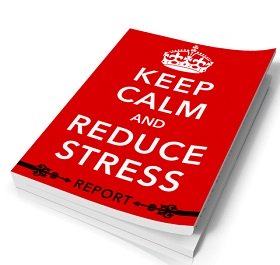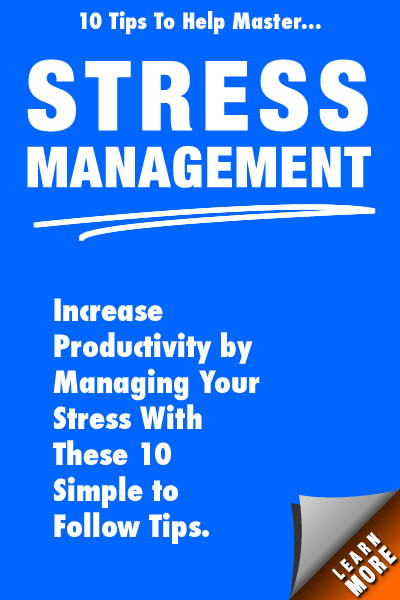Anxiety Management Strategies
That Lessen Excessive Worrying
In this fast-paced world, anxiety management strategies are becoming very helpful in dealing with excessive worrying. Racing thoughts can keep you awake at night and distract your focus during the day. Do you find yourself worrying about the consequences of what happened in the past or what may occur in the future? Time to find ways to change these thought patterns so they don't escalate into constant worrying, panic attacks or and re-occurring anxiety. By becoming aware of your thoughts that trigger the onslaught of anxiety, you can more easily determine which anxiety management strategies can be most effective.
Anxiety is a generalized state of insecurity and agitation that can be triggered by many different factors. Sometimes it may be difficult to determine what triggers the symptoms of restlessness, rapid heartbeat, shallow breathing, sweating, dry mouth, nausea or lump in the throat.
Or you may experience a specific period of intense fear and discomfort for no apparent reason, which is considered a panic attack. The acute physical symptoms—chest pains, dizziness, shallow breathing, and sweating—may seem like you are having a heart attack.
Here are three anxiety management strategies that can be effective in helping you reframe the anxiety and panic symptoms and use these symptoms and “cues” to listen to what your body is telling you. By becoming aware of the cues you can start to reduce the negative reactions your body might be expressing.
Schedule Your Worries

This strategy allows you to worry, but within strict time limits. In this case, you devote all of your time and attention to do nothing but worry -- Keep the time to 5-15 minutes. Find an egg timer, or something similar that you can set for your allotted time. Make a list of everything that you’re worried about. When the timer alarm sounds, stop. Put your list away and focus on something else.
That is all of the time for the day that you are allowing for worrying. Having a specific allotment of time each day helps you contain your worries and does not allow them to creep into your thoughts throughout the rest of the day. You can think about them again tomorrow.
The Helpful Worry Box

This technique helps you compartmentalize your concerns and let go of your worries. You begin by finding a small box with a lid. You may even want to decorate it and label it as your worry box. Write each of your worries on a piece of paper and assign a later time to worry about this concern. Then drop the pieces of paper into the box. Once each worry is deposited in the box, you can forget about it for now and attend to other items on your day's agenda. For now, you are putting your worries off for another time so there is no need to clutter your brain with thoughts of them now.
Later, when you take the pieces of paper with your worries, out of the box, you may find that they no longer are a concern. Some people decide to look through their worry box at the end of a week or even a month. By then, a few of those worries may still exist, but often the worries may have lost their significance and you can attend to other things in your life.
Practice Thought Stopping

When you find your mind is starting to focus on a major concern that causes you anxiety, use this anxiety management strategy to divert your attention to other subjects. For example, let’s say you are riding a bus that is running late, and you find that over 50% of your thoughts centre around how you are going to be late for an important meeting. You are becoming anxious.
At this point, find another attention grabbing task that you can focus on that will take your mind off the anxiety-producing thoughts. Maybe you can focus on a crossword puzzle or watch something on your IPad. When your mind wanders back to the anxiety-producing thoughts, change tasks again. By diverting your mind’s attention from the thoughts that support the anxiety, you can reduce your physical symptoms associated with anxiety.
If you do not find these anxiety management strategies to be effective, check out our page that discusses anxiety stress symptoms and see if something else will be more helpful. However if you find yourself experiencing anxiety for extended periods of time, even after the stressful event has concluded, you may want to seek professional help and discuss your options when stress becomes extreme.
How to Cope With Stress: Helpful Techniques
A Reader Favorite
Join Calm Starts Here, and receive FREE How to Get a Good Night's Rest and Stop Worrying.
CD Store


Book Store

This Is Not the Career I Ordered: Empowering Strategies from Women Who Recharged, Reignited, and Reinvented Their Careers

101 Great Ways to Enhance Your Career
Share this Page on SheToldMe.com
Become a FaceBook Fan







